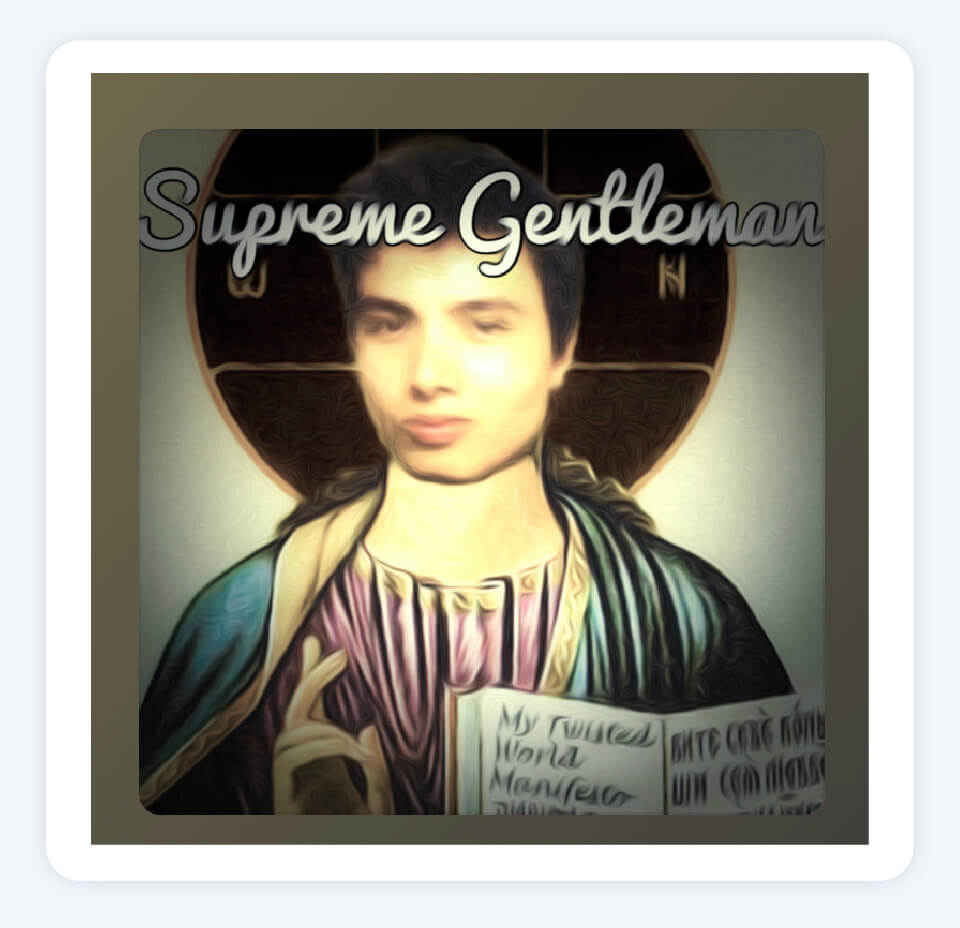Misogyny isn’t new – but in this new online age, it’s evolving at alarming speed and scale. Today, the coordinated amplification of hatred or contempt for women across platforms has grown into one of the most egregious threats.
What used to be dismissed as trolling or ‘edgy’ content, has transformed into targeted campaigns of abuse, radicalisation, and coercion.
In 2025, this threat is no longer confined to dark corners of the internet; it’s mainstream, monetised, and increasingly dangerous, not just for women and girls, but for our entire online society.
Here’s what’s changed and why we can’t afford to ignore it now.
The trolling to terror pipeline
Online misogyny has moved far beyond crude insults in comment sections. We’re seeing the rise of coordinated online forums and closed communities where hatred of women is encouraged and used to forge identity, loyalty, and power.
Here, violence is framed as a solution to perceived gender inequality. Users share “manifestos,” glorify mass attackers, and push each other toward extreme views, while content creators profit from pushing violence and dehumanizing narratives about women; with these posts racking up millions of likes and comments, especially among young boys.

Misogyny, rebranded and monetized
Some of the most harmful misogynistic content isn’t violent in appearance – it’s aspirational. Influencers and self-styled “alpha males” build vast audiences by packaging misogyny as lifestyle advice, dating strategy, or self-help. Under the surface, these narratives promote a worldview in which women are inferior, manipulative, or disposable.

The result? Young users, often teenage boys, are being pulled into ideologies that normalise control, dominance, and aggression – all while platforms reward the engagement with views, clicks, and revenue.
Closed forums, dedicated websites, and group chats act as radicalization pipelines, particularly for boys and young men. These aren’t isolated extremists – they’re part of a growing digital undercurrent.
When abuse becomes a game
On some gaming platforms and live streams, harassment has become a kind of entertainment. They have become breeding grounds for harassment where women are “targeted” as part of team bonding, with players earning social capital – or literal points – for doxxing, threatening or humiliating women, particularly those in public roles.
The abuse is often hidden behind coded language, memes and in jokes that evade moderation – making it harder to detect and stop abuse at scale. And when called out, it’s dismissed as banter. But for victims, the damage is very real.
How hate spreads from fringe forums to mainstream platforms
In recent years, the ease of which content can spread with frightening speed has contributed towards the increase in misogynistic content on platforms. Concerningly, the cross platform mobilization of misogynistic content doesn’t stay confined to niche websites or forums, it quickly spreads to larger more mainstream platforms, gaining a much wider reach and further contributing towards the normalization of such harmful ideologies.
What once lived in the shadows of the internet is now creeping into the cultural mainstream. Trends like “tradwife” culture, podcasts promoting dominance over women, and pseudo-scientific takes on gender roles are gaining huge audiences.
These narratives blur the line between opinion and ideology, wrapping misogyny in aesthetics of irony, biology, or self-improvement.
The danger? These ideas don’t just shape conversations – they shape worldviews.
AI-enabled abuse and deepfake threats
New technology is enabling new forms of violence. AI-generated content including deepfakes is being used to harass, silence, and punish women, particularly those in public roles. Pornographic deep fakes often targeting female activists, journalists or streamers have become a tool for silencing or punishing women online.
These attacks are intimate, invasive, and are almost impossible to remove once posted. These digital tools, while still in their relative infancy, represent an invasive and deeply disturbing form of gendered violence, and represent a chilling escalation in how tech can be weaponized against women.
The real-world impact of cyber misogyny
Many teenage boys first encounter these misogynistic ideologies through seemingly harmless content such as gym influencers or dating advice videos. Once they’re exposed to this rhetoric, they’re often drawn into a darker world where women are seen as inferior, manipulative or even deserving of violence.
Why does this matter so much? This isn’t just an online problem – violent misogyny online has far-reaching consequences, starting with its ability to radicalize young boys and men. These ideologies spill out into violence in the real world – and they have a death toll.
Women, especially those in public or political roles, are increasingly facing brutal online coordinated harassment campaigns, threats of rape, murder and assault – just for existing online.
The infamous Elliott Rogers shooting in 2014. The 2021 Plymouth shooting. Numerous cases in between and since. We’ve seen time and time again that the perpetrators were radicalised in these online communities. The digital and physical world are no longer separate and the consequences of online hate are very real.
Why we must act on misogyny
Despite the growing risks, violent misogyny is still often underestimated or outright ignored by many – waved off as ‘free speech’ or ‘banter. But when misogyny becomes entrenched in online culture, it becomes structural, quickly morphing into an ideology that shapes how individuals view the world and their place in it.
Over time, this shift in online discourse changes the rules of who gets to speak and who gets silenced. The results of this shift are profound and lasting as we see young men grown up in an environment where hate is seen as a strength and dominance over women is glorified.
We must stop treating it as an isolated problem. It’s a structural, cultural and psychological threat – and it’s happening in real time. We must act now to prevent it spreading further
How Resolver helps platforms fight back
At Resolver, we work with platforms, regulators, and safety teams to detect, prevent, and dismantle digital hate. That means:
- Proactive moderation strategies to catch abuse in coded or non-obvious forms.
- Deep-dive threat intelligence on harmful content ecosystems.
- Risk assessments to help clients identify radicalisation vectors.
- Consulting on policy enforcement that actually works – without overreach.
Violent misogyny online is not inevitable. With the right tools, insight, and will, we can build safer platforms and safer futures.
To learn more about how Resolver Trust and Safety Intelligence can help your platform move from reactive to resilient online safety systems please reach out.

